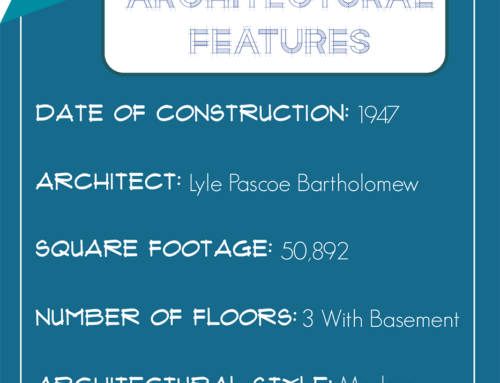Listen to a description of wards at the Oregon State Hospital, published in the October 24, 1883 edition of the Morning Oregonian.
Morning Oregonian October 24, 1883
A description of these wards serve as a correct description of all the wards in the building, twelve in number, with the female wards on the south side and male wards on the north side. The corridors are 12 feet wide in the main wards and 168 feet in length. Those in the wing wards are 11×155. In the center of each awards is a day room 20×30 feet in size, made off from this corridor and projecting in front, which will be used as sitting rooms for patients. They are furnished with upholstered seats and are light and pleasant, having windows on three sides and affording a splendid view of the surrounding country. Directly in the rear of the day rooms and in the center of each ward are the lavatories 7×14 feet, bath rooms 8×11, and the linen rooms 6×11. Back of these and outside of the main ward buildings are the water closets, 11.5×12, one above the other on each of the three floors, and are surmounted by the water tanks, four in number, each with a capacity of 6000 gallons. The space on either side of the corridors is divided into apartments which may be briefly described as follows.
Attendants’ room in suites at either end with a sitting room 12×14 and sleeping room attached. The remainder of the front is divided into fourteen single sleeping rooms for patients, each 7×14. The space on the opposite and rear side of the corridor is sub-divided into four double sleeping rom, size 9×14, three dormitories 14×18.5, and one dining room 14×30 feet, embracing all of the latest improvements in the way of closets and other accessories including dumb waiters connected with the kitchen in the basement below. The dumb-waiters are provided with contrivances which open and close the doors as they pass from one floor to another, presenting when not in motion, the appearance of an ordinary cupboard, and obviating all danger of injury to patients in their frenzied endeavors to escape by means of the descent from the rooms above. The east half of the north and south wards on this floor are especially constructed for the use of violent patients.


